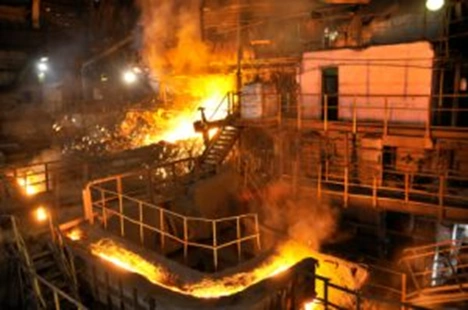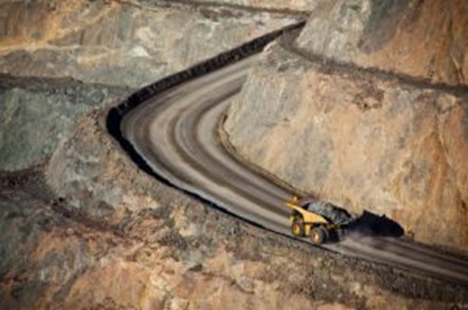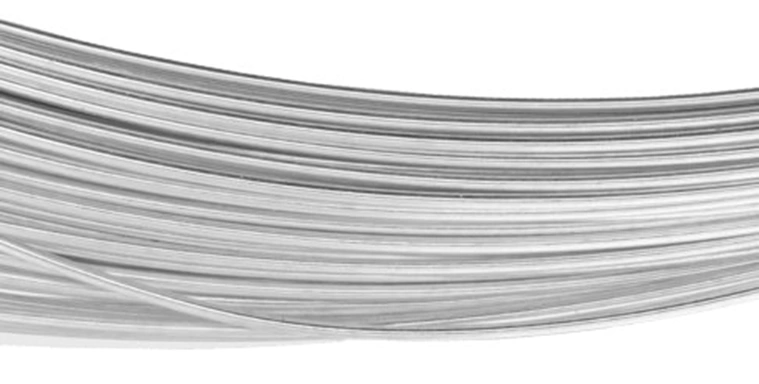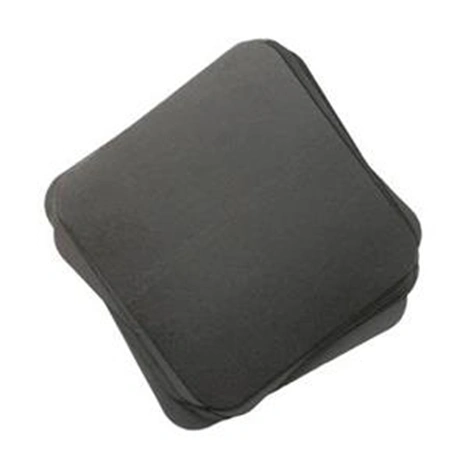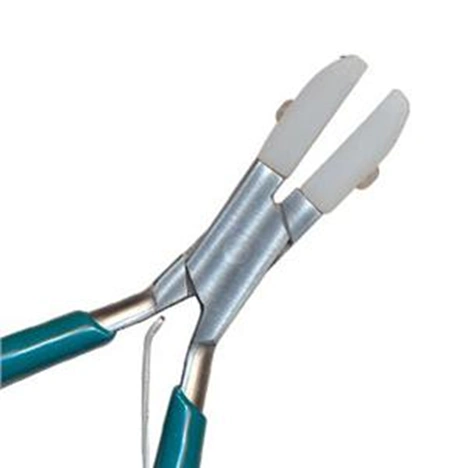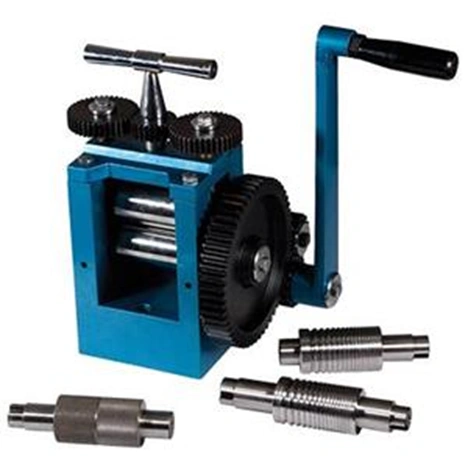We discuss tips for buying bulk wire, including ways to save money, avoid waste, and understand price compared to the daily silver market price.
In this blog we’re going to talk about buying jewelry wire. That means we’ll cover pricing, how to avoid waste, tips for storing wire, and more.
Pricing
We hear the daily silver price on the news each morning and today it was $27.92 per ounce. Yet sterling silver wire today is priced at $33.62 to $31.90 per ounce, depending on how much is purchased. Since sterling silver is only .925 pure silver, why isn’t the cost 92.5% of the spot price? That’s because there’s a lot of factors that go into creating silver wire and getting it to your doorstep.
Market Quotes are for Traders
Market quotes in the news are a base rate in the marketplace for commodity traders and banks dealing in large volumes of metal. Likely you’re not buying anywhere near what they are. Even if you guy a bullion bar of gold or silver, the most basic metal exchange form available, you will still pay a percentage over the market because you are buying a relatively small quantity. When you start dealing in thousands of ounces, you get closer to quoted market rates on transactions.
Wire is not Bullion
While wire and sheet are indeed raw materials in the eyes of a jeweler, they are still processed metals that have gone through refining and manufacturing. There is value in the form of jewelry wire and sheet due to these procedures and the assurance of quality in the metal alloy. Those labor components add to the price of metal.
Equipment
Metal refining and manufacturing facilities are impressive factories full of huge smelting furnaces, drawing equipment, annealing ovens, and so much more, It takes a major capital investment to handle precious metals on a large scale. These investments must be paid through the sale of the metal.
Distribution
Metal spot prices you hear in the news are for commodity traders dealing in paper contracts of quantities of metal. These prices do not include quantity break down and delivery to any specific location. The cost of moving metals from the mines through production facilities and out to distribution locations, like Halstead, is a cost component as well.
Pricing on sterling silver materials for small scale manufacturers is comparable to pricing on many other commodity goods. Even if you run a restaurant, you will not pay the daily spot exchange price for corn. And even if you run a fleet of delivery trucks you will not pay the daily fuel price for a barrel of crude oil. Getting milled metals from the mines to jewelry artists involves companies at several levels from the mine to the mill to the distributor, and finally into your studio.
Tips for Saving Money
Now that you understand why bulk jewelry wire is priced the way it is, we’ll cover some tips to help you save money while purchasing wire, saving in the long run, and storing your wire properly and avoiding waste.
Buy What you Need
You’re probably buying your wire online, and that means you can easily compare prices so you get the best deal out there. Take a few extra minutes to look at all your favorite suppliers and see who has the best price. However, If a deal seems too good to be true – it probably is! Only buy from trusted jewelry supply companies. If it’s prices below the daily market value, run!
Most supply companies will offer price breaks at certain quantities. While this is great in theory, it’s not worth it if you’re not using up what you buy. Purchase what you need when you need it. If you’re over-buying, that money is tied up in inventory you’re not using when it could have been spent on something needed right away.
Good Storage Habits
You can help minimize waste and tarnish with good storage habits. Use anti-tarnish tabs in sealed storage bags to prevent tarnish. They’re also safe around stones, so you can use them with finished jewelry too.
If your wire has become kinked or bent, that doesn’t mean it’s not usable anymore! There are plenty of ways to remove the kinks easily. Nylon jaw pliers are great for straightening out wire because they won’t mare the metal. You can also use a plastic or rawhide mallet on a steel block or anvil and tap out the kinks with a hammer. Just make sure not to hit too hard and to have a smooth steel surface. Too much force plus dinks in your steel surface can leave an impression on your wire.
Reuse and Recycle
Cutting exact lengths of wire that you need can really help to cut back on waste, but we know that’s not always possible. Don’t throw those extra scraps out! Store scraps of the same gauge wire scraps together in labeled bags. Later, when you need shorter pieces, they’re readily available. You can use them for all sorts of things, including granules, headpins, loops, jump rings, and more.
Even if you don’t end up using scraps – save them! Wire can be melted down and re-milled. You can do this yourself by melting your scraps into ingots and creating sheet or wire after. If you don’t have the resources for that, you can send scrap out to a metal refinery and they’ll in turn send you money. If you don’t have the gauge wire you need, in a pinch you can use a rolling mill and/or draw plate to bring thicker wire down to a thinner gauge.
More About Metals:
Jewelry Materials: Guide to Gauges, Tempers, and Annealing
Types of Silver – Learn the Grades of Silver Alloys and Purity in Jewelry






